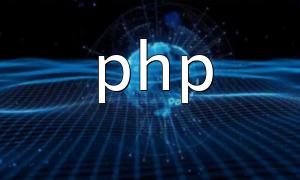A server is a dedicated computer or system that provides services to clients, such as data storage, processing, and transmission.
PHP websites generally rely on the following types of servers:
Web servers handle requests from clients (such as browsers) and return responses. They also provide static files for the website, including HTML, CSS, and images.
PHP servers are responsible for interpreting and executing PHP code, converting it into executable content that the web server can serve.
Database servers store and manage website data, allowing storage and retrieval of user information, product data, and other dynamic content.
Cache servers store frequently accessed data, such as pages and query results, improving website performance, reducing database load, and speeding up page loading.
To ensure PHP websites run smoothly, servers should be properly configured:
In addition to server types, the following factors should be considered:









